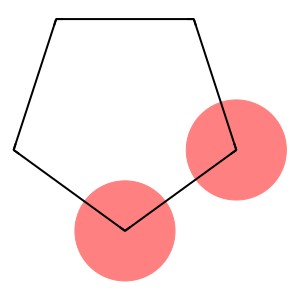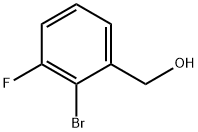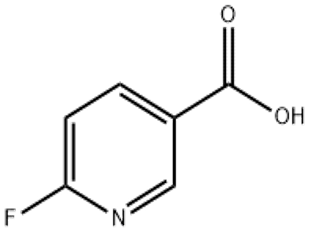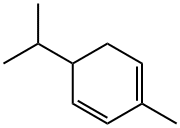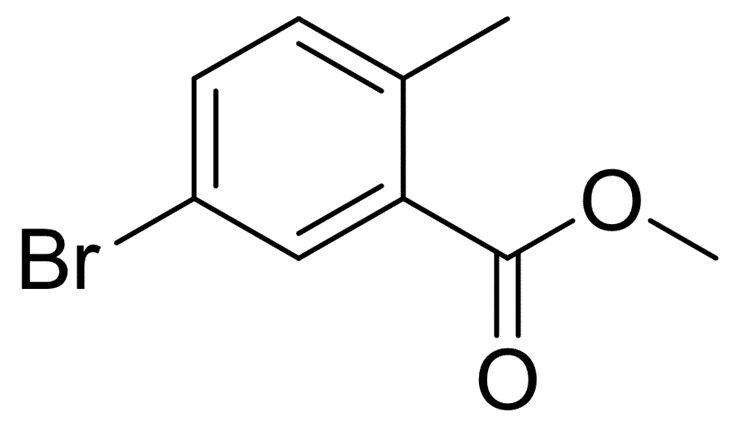Cyclopentane(CAS#287-92-3)
| Hazard Symbols | F – Flammable |
| Risk Codes | R11 – Highly Flammable R52/53 – Harmful to aquatic organisms, may cause long-term adverse effects in the aquatic environment. |
| Safety Description | S9 – Keep container in a well-ventilated place. S16 – Keep away from sources of ignition. S29 – Do not empty into drains. S33 – Take precautionary measures against static discharges. S61 – Avoid release to the environment. Refer to special instructions / safety data sheets. |
| UN IDs | UN 1146 3/PG 2 |
| WGK Germany | 1 |
| RTECS | GY2390000 |
| TSCA | Yes |
| HS Code | 2902 19 00 |
| Hazard Class | 3 |
| Packing Group | II |
| Toxicity | LC (2 hr in air) in mice: 110 mg/l (Lazarew) |
Introduction
Cyclopentane is a colorless liquid with a peculiar odor. It is an aliphatic hydrocarbon. It is insoluble in water but can be soluble in many organic solvents.
Cyclopentane has good solubility and excellent degreasing properties, and is often used as an organic experimental solvent in the laboratory. It is also a commonly used cleaning agent that can be used to remove grease and dirt.
A common method for the production of cyclopentane is through the dehydrogenation of alkanes. A common method is to obtain cyclopentane by fractionation from petroleum cracking gas.
Cyclopentane has a certain safety risk, it is a flammable liquid that can easily cause fire or explosion. Contact with open flames and high-temperature objects should be avoided when using. When handling cyclopentane, it should be well ventilated and avoid inhalation or contact with the skin and eyes.


